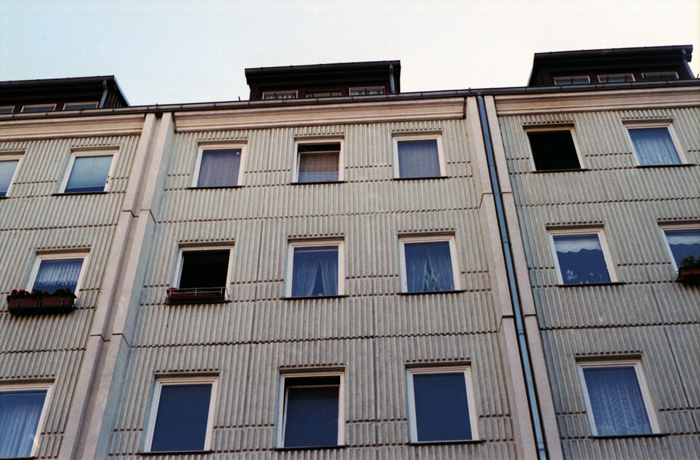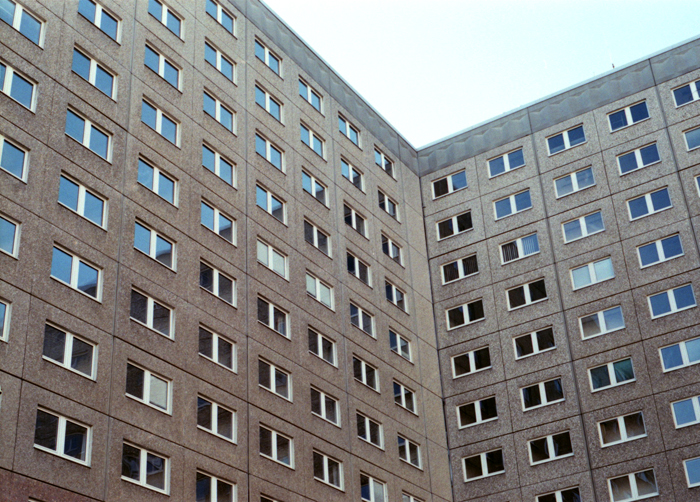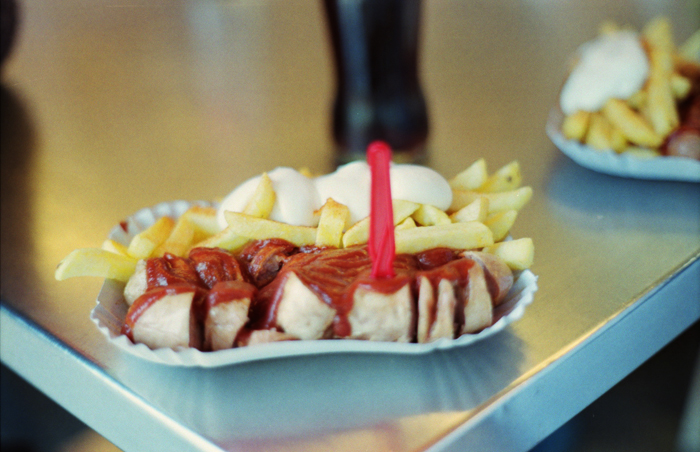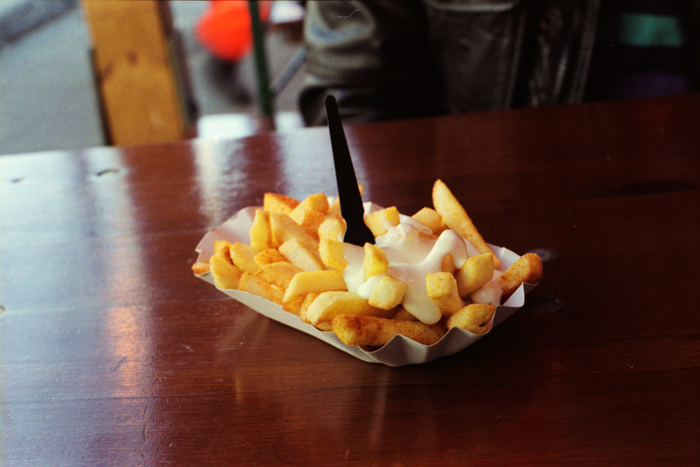yesterday, we had a quintessential german experience and rode a paternoster elevator. well, paulo rode it, because i was too chicken to give it a try… just looking at it go was making me all sweaty and anxious. if you don’t know what it is, watch the whole video below and behold the magic! :)
isn’t it awesome?! :D it was really exciting to finally see one actually working!
the paternoster is basically a cyclic elevator, consisting of a chain of compartments that move slowly in a loop without stopping.
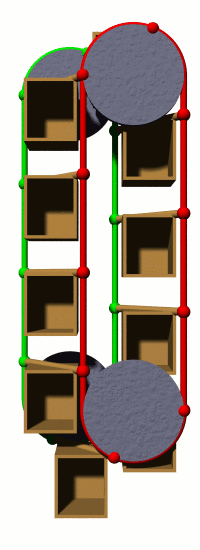
they used to be somewhat common in europe, but have slowly been retired for security concerns. some people even say the elevator’s name, paternoster, comes from people praying for a safe ride :)
this one is located at the rathaus schöneberg (on the steps of which JFK proclaimed he was a berliner). the lady at the entrance was very helpful, and took my eager german attempts as an invitation to talk at length about the proper way to ride the elevator… i didn’t get most of it, but it was something like: go when it’s level. don’t hesitate. stand back. got it! in reality though, a never-stopping elevator is a bit more daunting than i had thought. granted, it’s slow, but still… while we were there, several people working at the town hall hopped in and out of it easily and smiled at our hesitation. i think i’ll go back someday and do it, but meanwhile, i’m happy to have seen it in person. who knows for how long they’ll still be around?
if you’re brave and in berlin, i’d highly recommend it! :)

